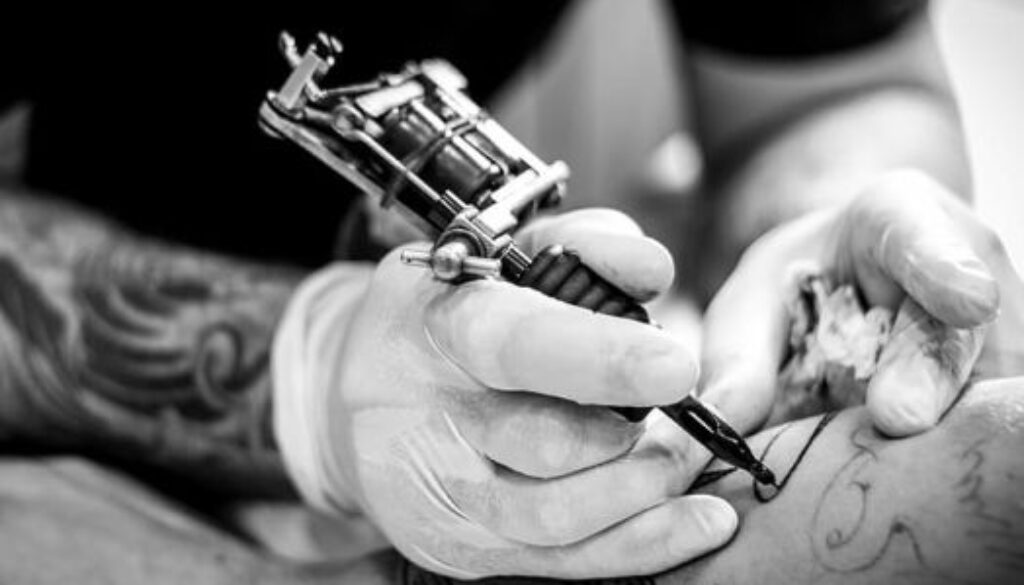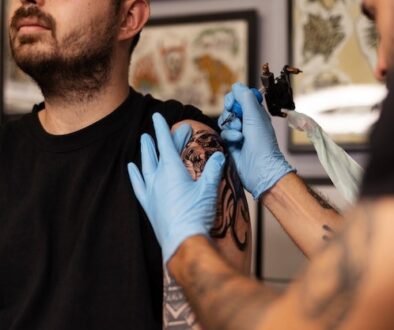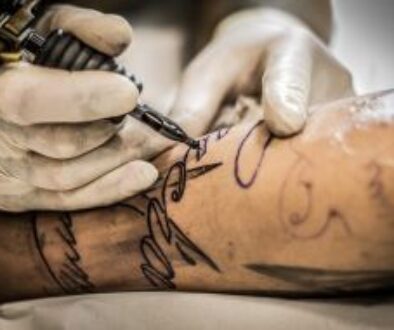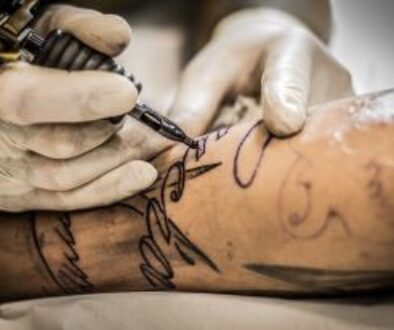Tips to Get Prepared for Tattoo Removal Treatment Sessions
Remember when getting the tattoo seemed like a good idea? You woke up the next morning beating yourself up about making a permanent impulsive decision you could never take back. But if you fear the tattoo will only harm you, don’t wait around to get it removed. Thanks to the science behind laser tattoo removal, you can kiss goodbye to your bad decision for good!
Before you look for the best tattoo removal near me, keep in mind there are a few things to consider before taking on a laser tattoo removal procedure. As you may have guessed already, it is a fairly simple procedure but does take a certain toll on your body. After all, it only completely goes away a few months into the procedure. While looking for the best tattoo removal place near you, make sure you also confirm they are a good practice/parlor with ample positive reviews from customers.
Either way, if you want to get laser tattoo removal, here is the low-down on the procedure: how it works, how one must prepare for your first treatment and what the sessions are like!
The Science Behind Laser Tattoo Removal
Before we dive into that, let’s talk a little science. Laser tattoo removal is quite an interesting topic. Did you know that it works quite literally like magic? The laser targets the pigment colors in the skin’s dermis. The tattoo pigments then absorb these light beams and as a result, fragment. After your body absorbs these fragments, it eliminates them. Viola!
Laser Tattoo Removal Sessions
Choosing the type of laser to use for your procedure is the first thing the professional at the best tattoo removal place near you will figure out. Additional to this, he/she will also determine how many sessions you’d require, which is based on the age, size, type, and pigment depth of your tattoo. They will then test the laser on your skin just to see how you react and ensure you’re not allergic in any way.
The Best Tattoo Removal Parlor Near Me: What Do They Do?
If you’re wondering what happens, the medical professional starts off using an anesthetic cream on your skin. You’ll then by given protective eyewear with a cooling device. After this, the procedure starts. After gently placing a hand against your skin, the professional will give laser pulses to the tattoo pigment. The sensations are not painless but are not more than a sensation similar to snapping a rubber band against your skin. The number of laser pulses is entirely dependent on the size of the tattoo, but almost all sessions don’t last more than a few minutes.
Bear in mind that you might experience swelling, redness, blistering, or even bleeding for a few hours or days post the treatment. This is completely normal. Brace yourself for flaking, peeling, and scabbing of your skin over the next few weeks as well. Make sure you treat the treatment site with care: Avoid exposure to the sun and public swimming pools. After your skin has healed completely (about 4-6 weeks), you then go for the next session.
The Best Tattoo Removal Parlor Near Me: How To Prepare For Sessions
Even though the medical professional will give you a clear idea of what your options are while helping you pick the most effective option, there are a few things you need to do to prepare yourself for the sessions to come. In particular, the first session you attend needs some extra consideration, given you’ve never done it before.
- Eat a full meal before your appointment. At the very least, snack on something that will keep you full. Many times, clients complain about feeling light-headed during the session because they attend it on an empty stomach. On that note, make sure you drink plenty of fluids before the procedure.
- Quit smoking for a few weeks, at least until your tattoo is removed. Nicotine is known to slow down the healing process while increasing potential risks and complications.
- Avoid exposure to sun if you can help it, or at the very least, use plenty of sunscreens. Cover up the tattoo for a few weeks prior to the first session. Tan skin is great to look at, but is prone to adverse reactions.
- Make sure you’re wearing loose-fit clothing, especially over the area to be treated.
- If you do not have a high tolerance for pain, consider taking a Tylenol or other non-aspirin pain medication beforehand.
- Stay away from aspirin and ibuprofen: they may cause you to bruise post-treatment which slows down the healing process.
Make sure the tattoo area is free of lotion, perfume, and any other cosmetics.



